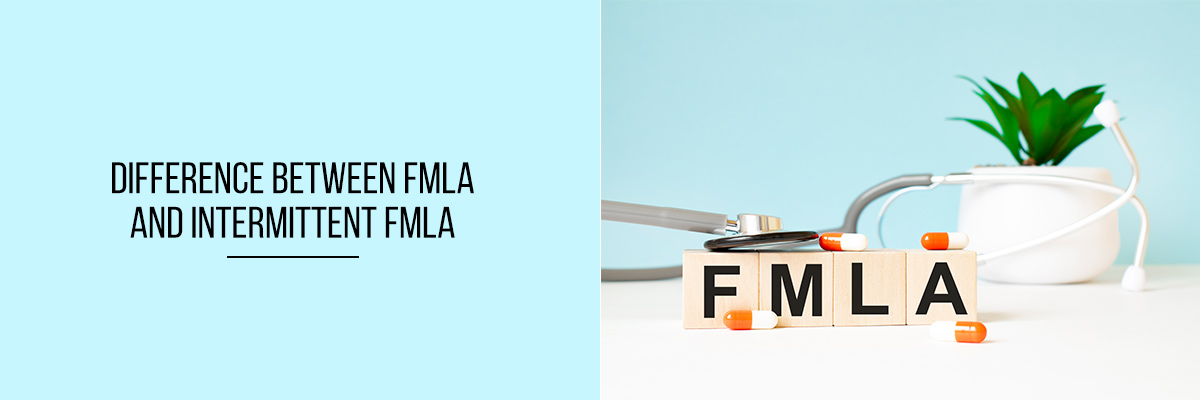The Family and Medical Leave Act (FMLA) is a federal law that allows employees to take up to 12 weeks of unpaid leave per year for themselves or the care of their own health or the well-being of their family member for who they are responsible. FMLA applies to both employers and employees. These laws are made to protect both the employee and the employer.
However, the FMLA does not cover all employees, which is why intermittent FMLA is necessary. The employer must first grant the employee an intermittent FMLA, which allows the employee to take time off for certain specific reasons. The employee must then notify the employer that he/she will need the intermittent FMLA before he/she takes the time off.
Difference Between FMLA and Intermittent FMLA
In order to take intermittent FMLA leave, an employee must have been employed at a covered employer for at least 26 weeks. The employee must have been employed by the same employer for at least 12 months and must have at least 12 months of uninterrupted service in that position. In order to take continuous FMLA leave for a medical condition, an employee must have been employed for at least 26 weeks and have been employed by the same employer for at least 12 months.
Intermittent FMLA leave is a type of FMLA leave. It can be used by an employee for short periods of time away from work to care for a family member with a serious illness or to receive treatment for their own serious illness. FMLA leave can be used on different days or hours is broken down into increments. FMLA leave is intended to help the employee cope with an unexpected job-related illness, injury, or medical condition of the employee or the employee’s spouse, child, or parent. The leave may not be used for other reasons.
If you are an employee on an intermittent FMLA leave, there are some basic rules that must be followed. For instance, if your leave is for less than 12 weeks, you must be off for 12 weeks before returning to work. If you miss more than 20% of your workdays, you can expect your employer to treat your leave as full-time.
Final Words
There is a lot of confusion over the FMLA. The key to understanding the law is to know that it is not a set of rules that apply to all employers. It is the result of a series of Supreme Court rulings that have been interpreted differently by different courts, and it is a decision that is left up to the employer to decide how he will implement the law. The key to full FMLA leave is to make sure the employee has the time to take care of himself and take care of job tasks. During FMLA leave, the employer is under obligation to pay group health insurance benefits to his employee on leave.
To know more about FMLA Leave and Intermittent FMLA Leave, attend the Compliance Prime webinar.


